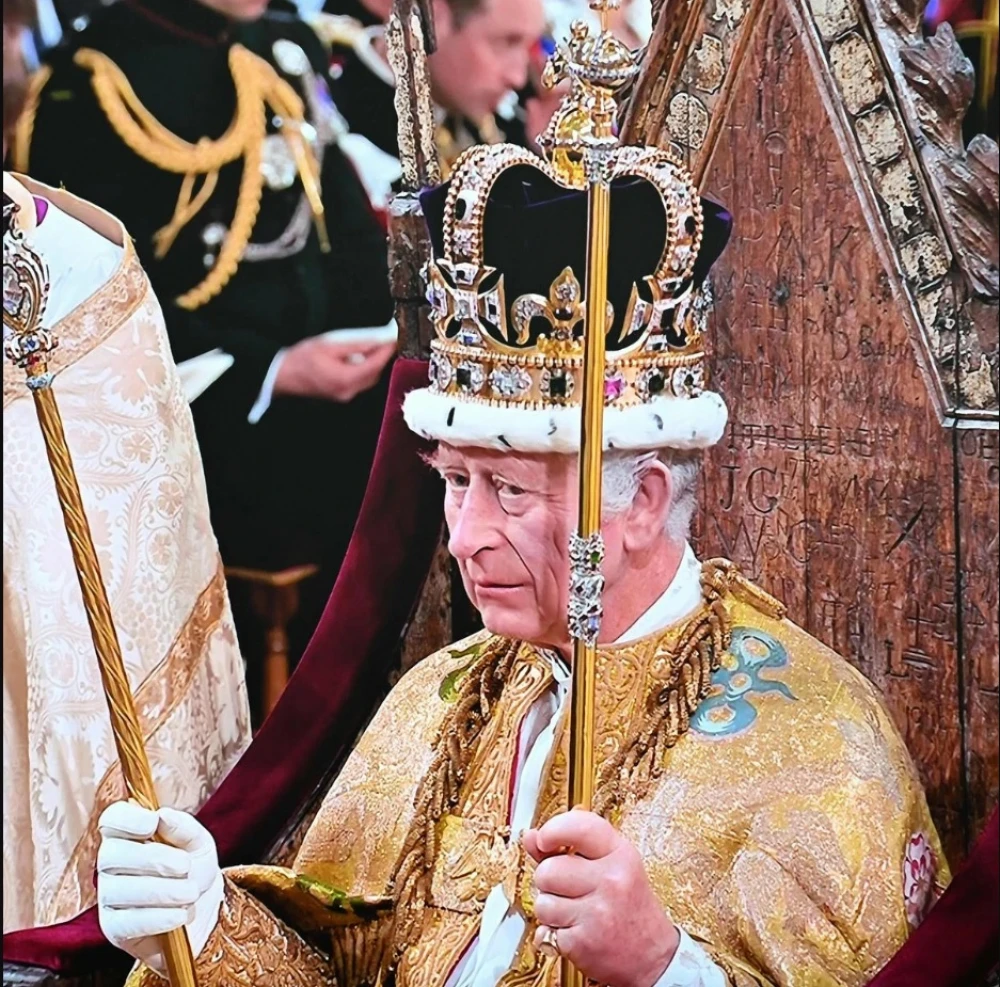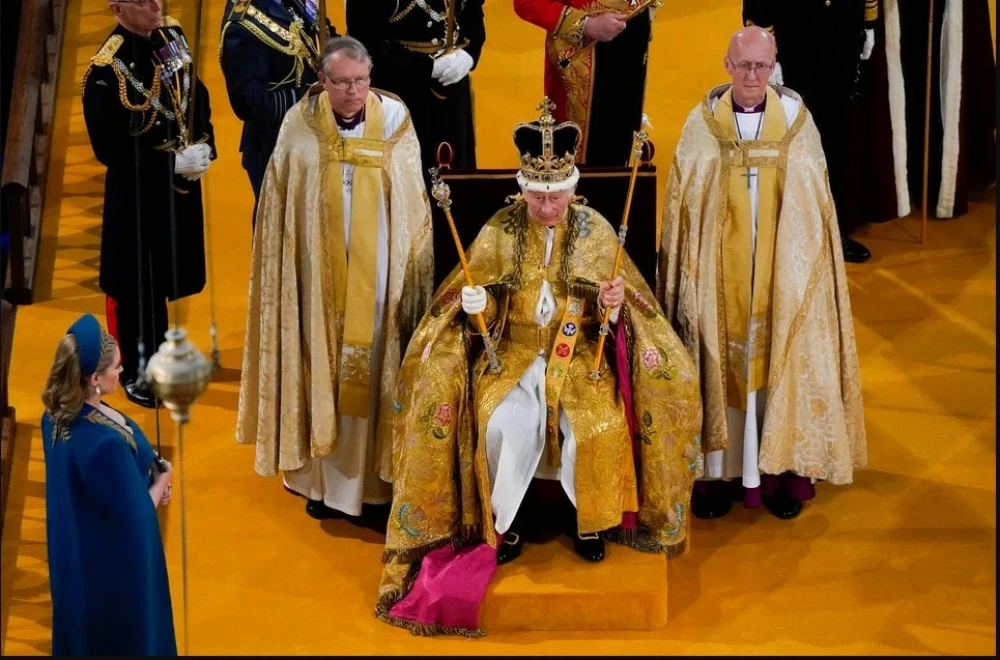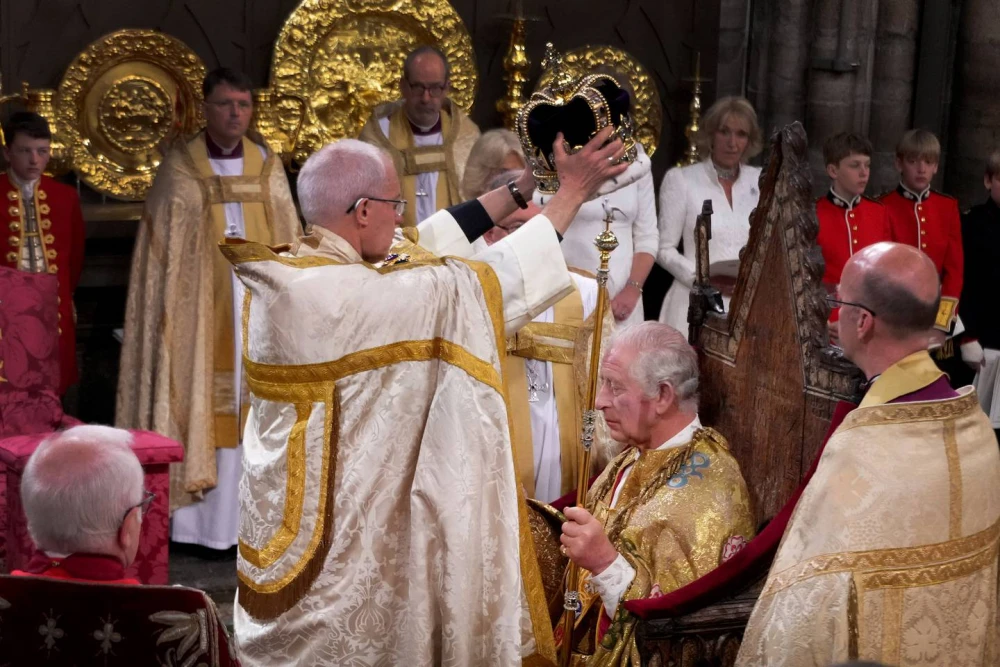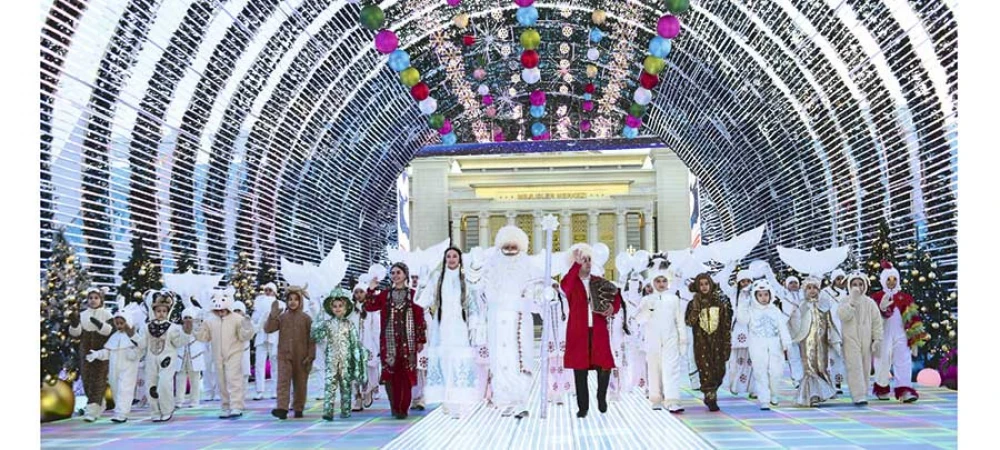1537
The diplomatic protocol of the British Coronation Ceremony
The coronation of the British monarch is a grandiose and significant event, steeped in tradition and ceremonyies. It is a historic occasion that requires a great deal of planning and preparation, including diplomatic protocol. In this essay, I will discuss the diplomatic protocol of a British coronation. A coronation is an event that typically involves the attendance of many foreign dignitaries, ambassadors, and representatives of other nations. As such, diplomatic protocol plays an important role in ensuring that the event runs smoothly and that all guests are treated with respect and dignity. One of the most important aspects of diplomatic protocol at a British coronation is the seating arrangements. Guests are seated according to their rank and status, with the most important guests seated closest to the monarch. This seating arrangement is carefully planned in advance with the assistance of the Lord Chamberlain’s Office to ensure that all guests are seated properly. Another important aspect of diplomatic protocol is the order of procession. Guests are expected to arrive at the venue at a specific time and are then escorted to their seats in a particular order. The order of procession is determined by the protocol office, depending on the rank and status of the guests. During the coronation ceremony, guests are expected to follow a specific code of behaviour. They are expected to stand when the monarch enters the room, and remain standing until the monarch is seated. Guests are also expected to bow or curtsy to the monarch as a sign of respect. In addition, to these formalities, there are also specific rules regarding attire. Men are expected to wear formal morning dress, which includes a morning coat, waistcoat and striped trousers. Women are expected to wear formal daywear, which includes a dress and hat. The colours worn by guests are also carefully chosen, with specific colours reserved for members of the royal family and other important guests. The coronation of the British monarch is a highly ceremonial and traditional event that has taken place for over a thousand years. Here is a general overview of the procedure: Planning and preparation: The planning for a coronation begins months in advance, with committees and officials organizing the event and preparing the necessary regalia and costumes. 2. Arrival of the monarch: The monarch arrives at the coronation venue, traditionally Westminster Abbey in London, and is greeted by the assembled guests and officials. 3. Anointing: The monarch is anointed with holy oil by the Archbishop of Canterbury, symbolizing the conferring of divine grace and the sacred nature of the monarch’s role. 4. Investiture: The monarch is endowed with the various regalia, including the orb, sceptres, and crown, each of which has its own symbolic meaning. 5. Homage: The assembled nobles and dignitaries pay homage to the monarch, swearing loyalty and obedience. Homage: The assembled dignitaries and dignitaries pay their respects to the monarch by swearing allegiance and obedience. Homages: The assembled nobles and officials pay tribute to the monarch, swearing allegiance and obedience. 6. Coronation Oath: The monarch takes the coronation oath, promising to uphold the laws and customs of the realm. 7. Coronation procession: The monarch processes through the streets of London, accompanied by a parade of officials, dignitaries, and military units. 8. Coronation banquet: A banquet is held in honour of the newly crowned monarch, with elaborate food and drink served to the guests. Coronation Banquet: A banquet is held in honor of the newly crowned monarch, and guests are served fine food and drinks. The exact details of the coronation ceremony may vary depending on the monarch and the era in which it takes place, but the basic structure outlined above has remained largely unchanged over centuries. In general, the diplomatic protocol of a British coronation is a complex and highly structured affair. Every aspect of the event from seating arrangements to attire, is carefully planned and executed to ensure that all guests are treated with respect and dignity. The Protocol Office plays a crucial role in ensuring that the event runs smoothly, and that all guests feel welcome and valued.
Kerim BAYMYRADOV,
the 2nd year student of the Faculty of International Relations
of the Institute of International Relations
of the Ministry of Foreign Affairs of Turkmenistan.
Soňky täzelikler
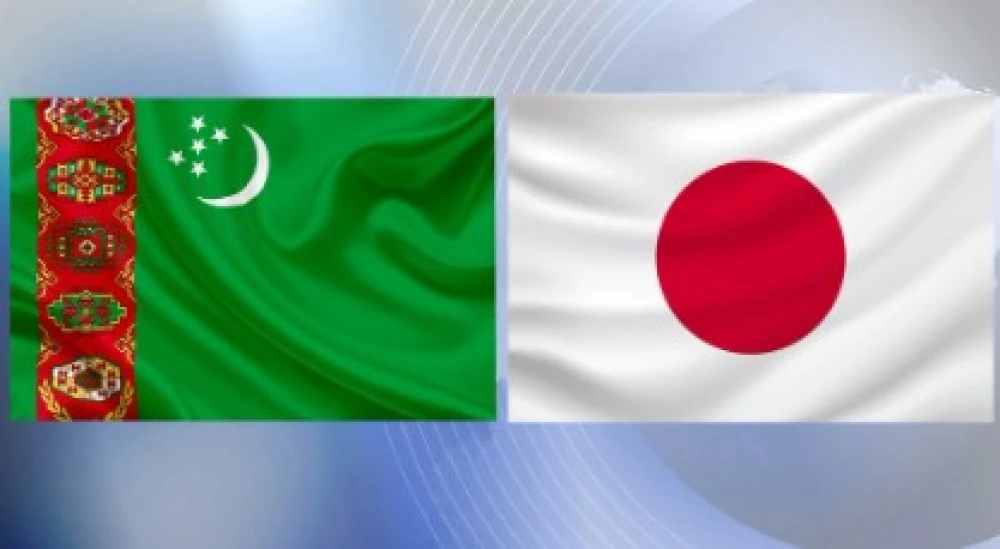
18/12/2025
Turkmenistan – Japan Strategic Partnership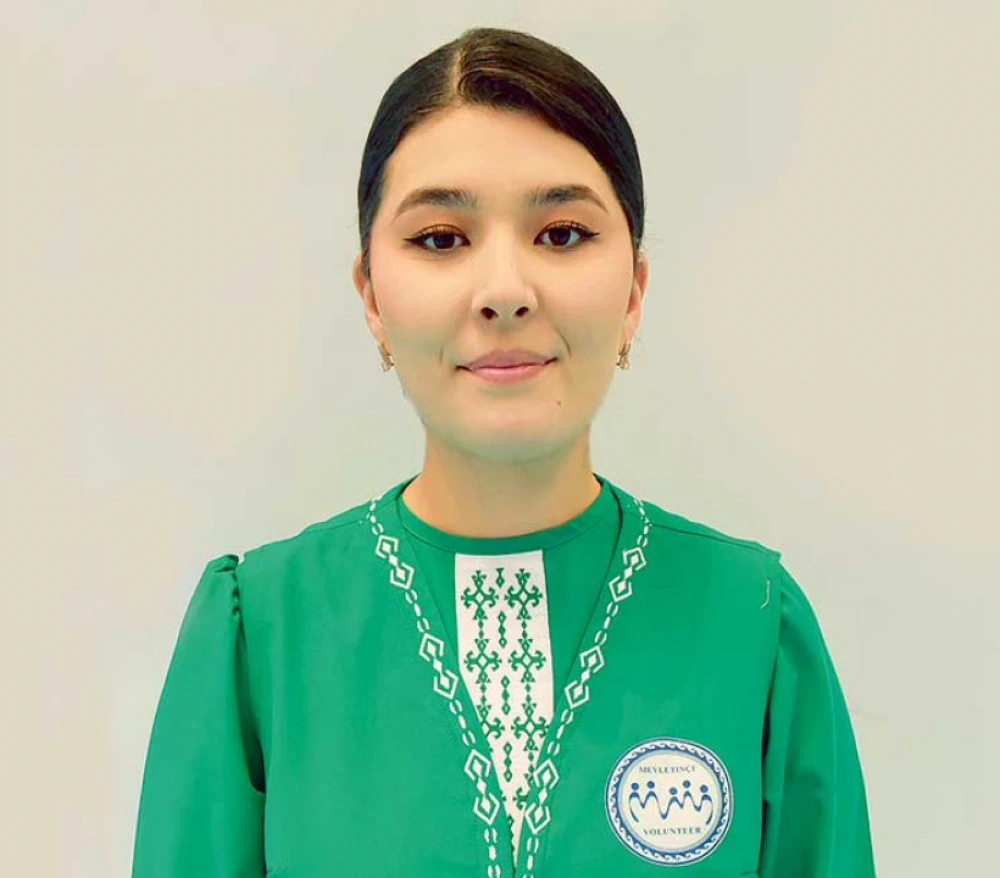
17/12/2025
Bitarap Watanymyzyň üstünlikleri